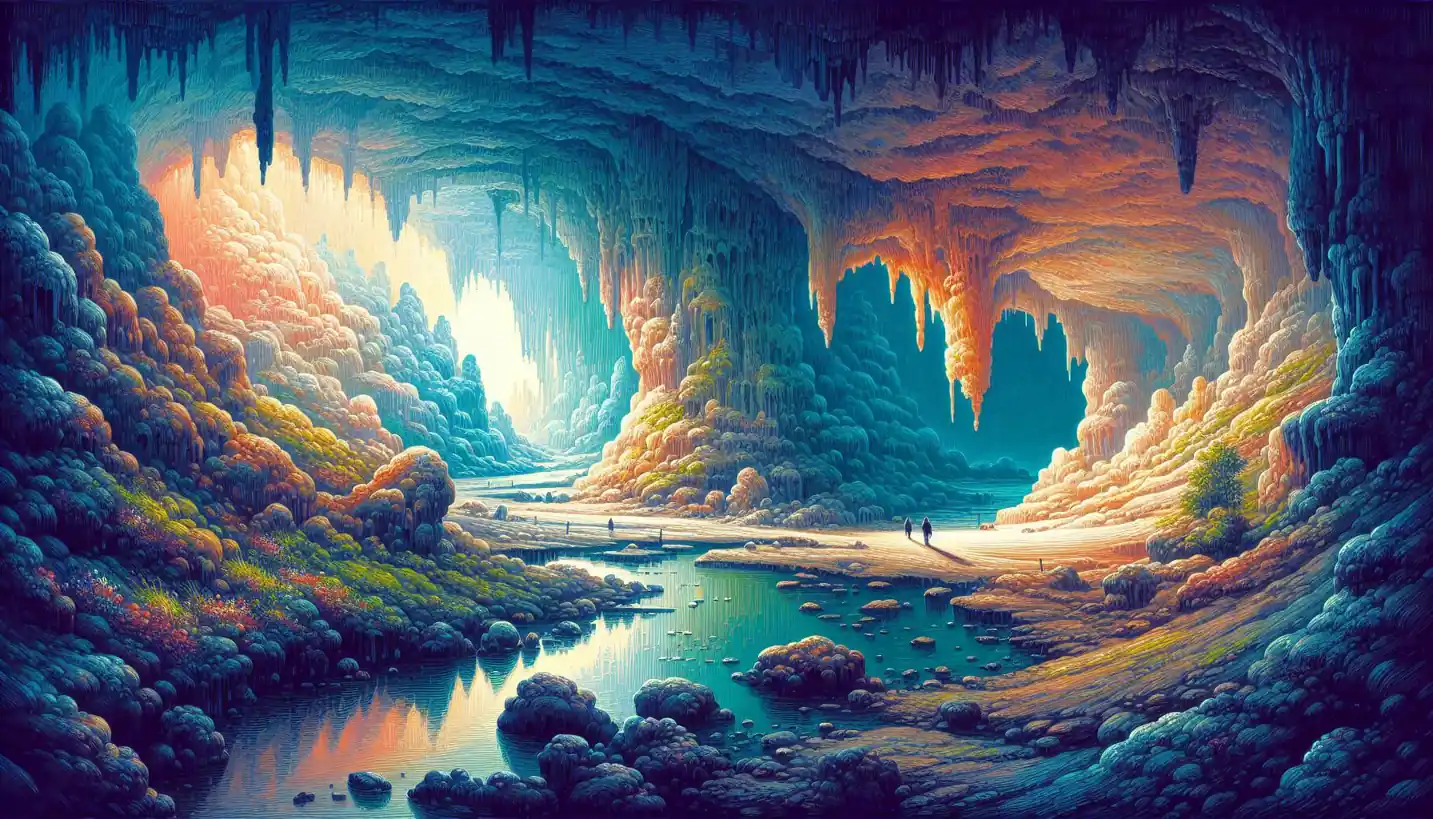· Earth Science · 4 min read
O Horizon: The Secrets of Soil's Mysterious Surface
The surface of soil, known as the O horizon, harbors many mysterious secrets. Uncover the importance of this layer in enriching our ecosystem.

Understanding soil is like unlocking the earth’s hidden diary, revealing stories of life and growth. One essential chapter in this diary is the O Horizon. This layer, often overlooked, plays a vital role in the life of our soils.
Unlike the layers of a multi-layered cake, the O Horizon rests at the very top, almost like a blanket covering everything beneath. It’s filled with organic matter, including decomposed leaves, twigs, and even the remains of small creatures. This might sound like a mess, but it’s actually nature’s recycling system at work.
Now, what exactly makes the O Horizon so special? Let’s start with its composition. It’s rich in organic material—not just any material, but stuff that’s packed with nutrients. Imagine it as your morning smoothie, full of the essential vitamins that kickstart your day. In a similar way, the O Horizon provides essential nutrients that prepare the soil for supporting plants. This layer’s importance becomes clear, especially in forests and wetlands, where it acts as a cradle for young plants, helping them grow strong.
Think about a forest floor. As leaves fall, they don’t just disappear. They’re broken down by tiny organisms like bacteria and fungi. This process is like breaking down a complex cookbook into simple recipes anyone can follow. These tiny organisms manage this cleanup job, turning dead matter into something useful once again. The result? A nutrient-rich layer ready to nurture new life.
But when we dig deeper into the O Horizon, it’s not just about being a nutrient powerhouse. It’s also a protector of the soil. By covering the ground, it guards against erosion. Picture it as a shield, protecting the precious layers beneath from being washed or blown away. This keeps the soil stable and fertile, which is crucial for ecosystems to thrive.
Of course, as much as the O Horizon helps nature, it can face threats too. Human activities like deforestation and agriculture can disturb this delicate balance. When we remove trees or plow fields, we disrupt the natural process of decomposition. It’s like taking ingredients out of that smoothie; the balance is off. This disturbance can lead to a loss of nutrients and make the soil more vulnerable to erosion.
However, it’s not all doom and gloom. There’s a growing awareness of the importance of the O Horizon among scientists and conservationists. Innovative methods are being explored to preserve and restore this critical layer. Practices like no-till farming help maintain the organic matter on the soil surface, reducing disturbance and allowing nature to do its work efficiently.
Let’s travel for a moment to the Amazon rainforest. The O Horizon here is bustling with life. It’s home to an incredible number of species, each playing a role in breaking down organic materials. This natural process has been perfected over millennia, showcasing a delicate balance between the flora and fauna. Such richness of life doesn’t just happen overnight—it’s the result of complex interactions sustained by the O Horizon.
On the flip side, consider desert regions. You might think the O Horizon doesn’t exist there, but even these dry areas have their own version, albeit much thinner. It consists mostly of cryptobiotic crusts—a mix of cyanobacteria, lichens, and mosses—that help retain moisture and nutrients. These crusts are vital for desert ecosystems, preventing erosion and supporting whatever sparse vegetation can survive in such harsh conditions.
Looking to the future, the study of the O Horizon extends far beyond just understanding soil itself. It touches on topics like climate change and sustainable agriculture. As organic matter breaks down, it not only releases nutrients but also carbon dioxide—a greenhouse gas. Understanding and managing this release is essential in controlling global warming.
Moreover, sustainable practices involving the O Horizon can contribute to food security. Healthy soils mean better crops, which in turn feed more people. In today’s world, where agricultural lands are increasingly pressured by growing populations, maintaining a robust O Horizon becomes crucial.
In conclusion, the O Horizon might be the first layer you step on during a walk in the woods, but it’s far more than just the surface of the earth. It’s a dynamic player in supporting and sustaining life. Through the actions of tiny unseen organisms, it keeps ecosystems balanced and productive. As our understanding of this remarkable layer grows, so does the potential to harness its benefits for the earth and humanity.
So next time you tread lightly on a forest trail or admire the harmony of nature, remember the quiet but powerful role of the O Horizon. It’s soil’s unsung hero, woven into the fabric of life’s grand tapestry.


